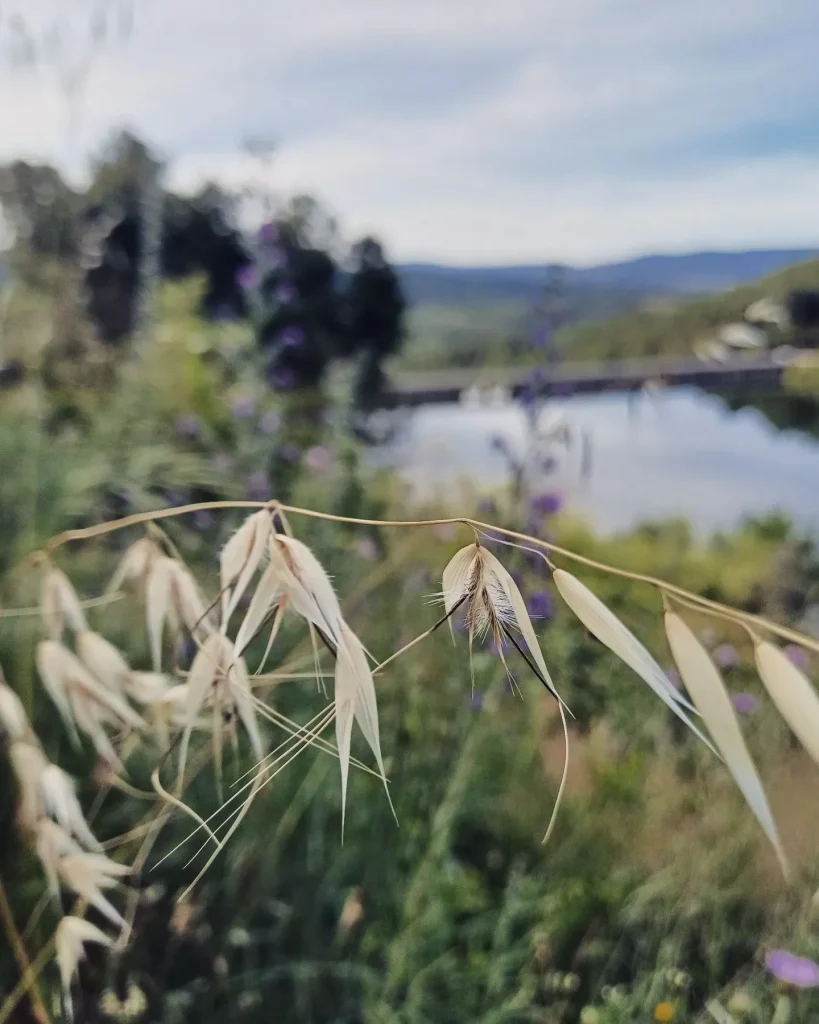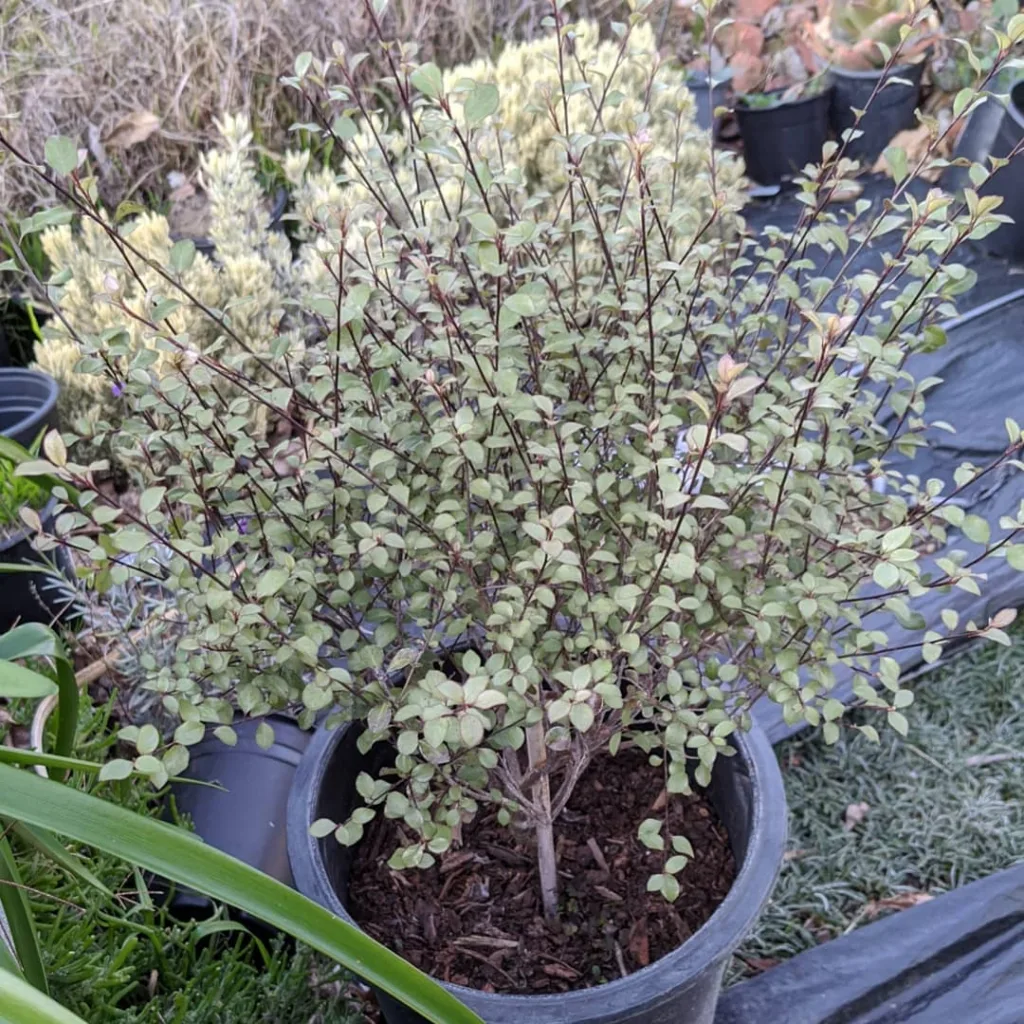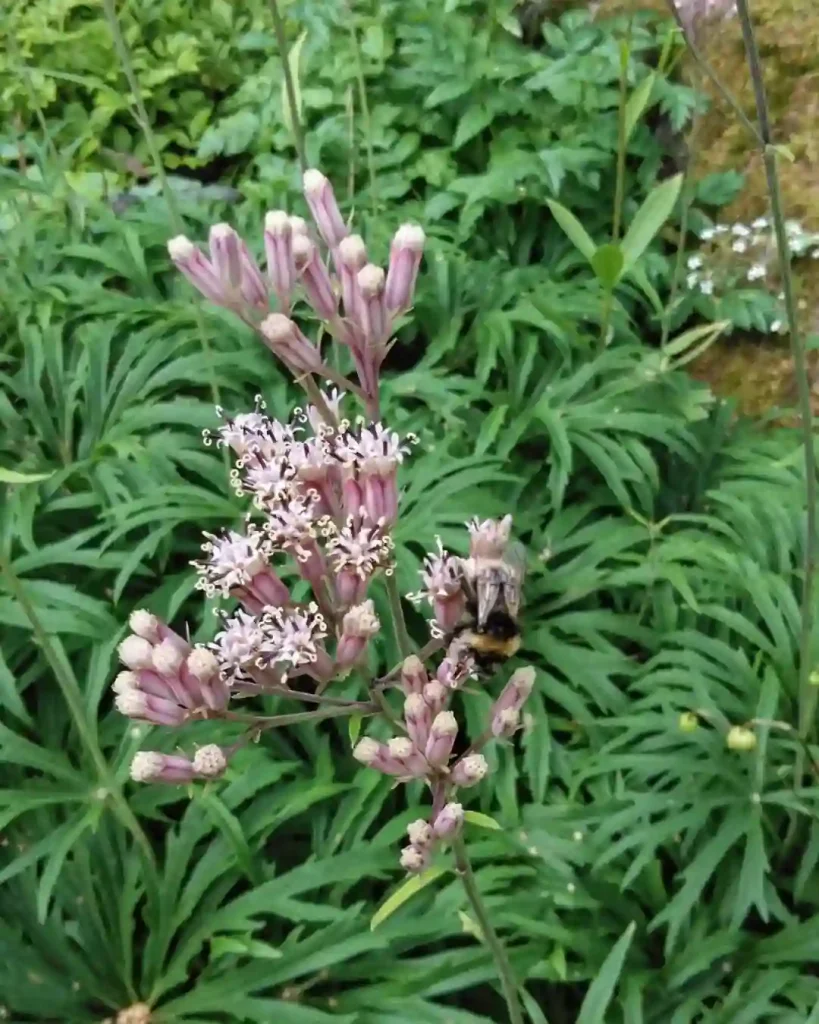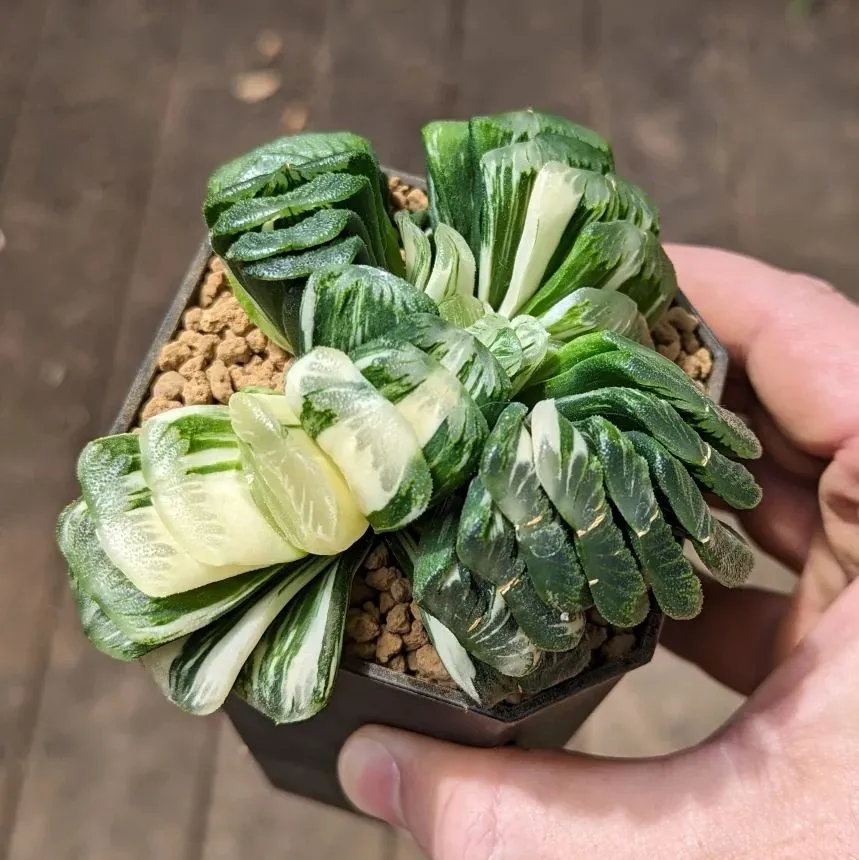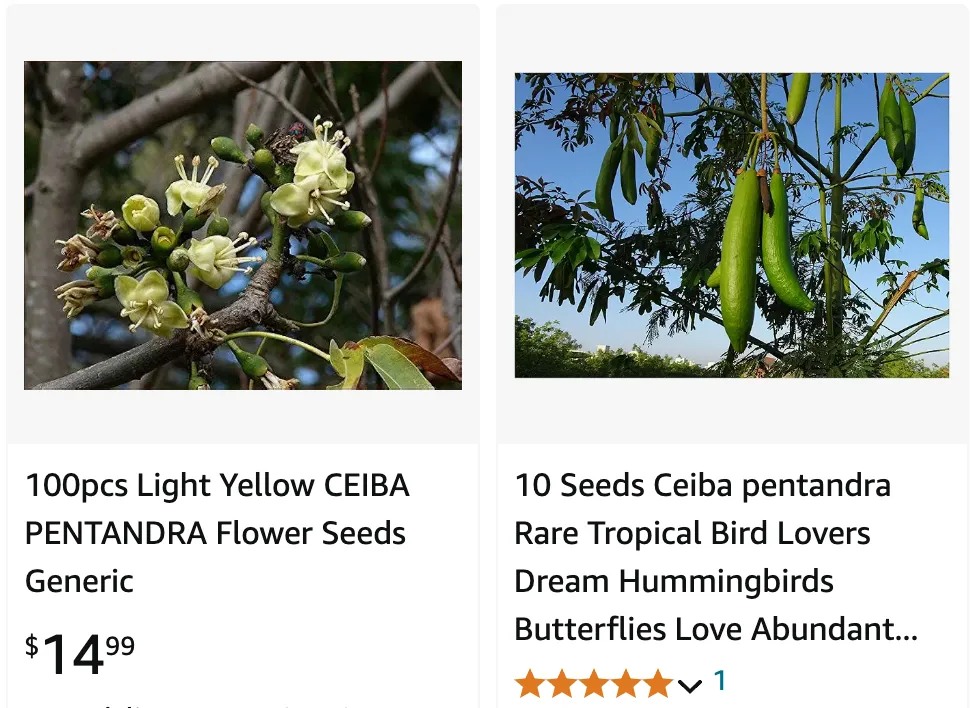
What is Kapok?
Kapok is a natural fiber obtained from the seed pods of the Kapok tree, scientifically known as Ceiba Pentandra. This tree, native to tropical regions, produces a fluffy, cotton-like substance inside its seed pods. Historically, Kapok has been used for various applications due to its lightweight and buoyant properties.
19 Species in Genus Ceiba
What is Kapok Fiber?
Kapok fiber is the soft, silky material extracted from the seed pods of the Kapok tree. It is incredibly lightweight, water-resistant, and buoyant, making it an excellent material for stuffing cushions, pillows, and even life jackets. Kapok fibers are also hypoallergenic and biodegradable, adding to their appeal for eco-conscious consumers.
Are Kapok Pillows Good?
Yes, Kapok pillows are highly regarded for their comfort and sustainability. They offer a soft yet supportive feel, ideal for various sleeping positions. The hypoallergenic and breathable nature of Kapok makes these pillows suitable for people with allergies or those who prefer natural bedding materials. I’ve found that Kapok pillows tend to maintain their shape better than many synthetic alternatives, providing consistent support night after night.
Are Kapok Pods Safe for Rabbits?
Kapok pods, in their natural form, can pose a choking hazard for rabbits if ingested. While the fiber itself is non-toxic, the pods should be kept out of reach of pets. Always consult with a veterinarian before introducing any new materials into your pet’s environment to ensure their safety.
Are Kapok Trees Endangered?
Kapok trees are not currently classified as endangered. However, like many rainforest species, they face threats from deforestation and habitat destruction. Conservation efforts are essential to ensure the continued survival of these majestic trees, which play a crucial role in their ecosystems.
Can You Wash Kapok Pillows?
Washing Kapok pillows can be tricky due to their water-resistant nature. While the fiber repels water, it can also trap moisture inside, leading to potential mold growth. It’s generally recommended to spot clean Kapok pillows with a mild detergent and air them out regularly to keep them fresh. Some people use protective pillow covers to extend the lifespan of their Kapok pillows.
How Do Kapok Trees Adapt to the Rainforest?
Kapok trees have several adaptations that make them well-suited to the rainforest environment. Their large buttress roots provide stability in the shallow, nutrient-poor soil of the rainforest. Additionally, their height allows them to reach sunlight above the forest canopy. The smooth, straight trunk minimizes the growth of other plants, ensuring the tree’s resources are not depleted by competitors.
How Long Does a Kapok Tree Live?
Kapok trees are long-lived, with lifespans that can exceed 100 years under ideal conditions. These trees can reach maturity within a few decades, and their robust nature allows them to thrive in the diverse and competitive environment of the rainforest.
How Many Kapok Trees Are Left?
It’s challenging to estimate the exact number of Kapok trees remaining due to their widespread distribution across tropical regions. However, their populations are affected by deforestation and land conversion. Efforts to preserve rainforests are crucial in maintaining healthy Kapok tree populations.
How Much Kapok to Fill a Cushion?
The amount of Kapok needed to fill a cushion depends on the size and desired firmness. Typically, a standard-sized cushion may require around 1 to 2 pounds of Kapok fiber. It’s best to add the fiber gradually, fluffing and adjusting until the cushion reaches the desired level of comfort and support.
How Tall Can a Kapok Tree Grow?
Kapok trees are among the tallest in the rainforest, with heights reaching up to 200 feet (60 meters). Their impressive stature allows them to access sunlight in the dense forest and play a significant role in the ecosystem by providing habitat and food for various species.
How to Grow a Kapok Tree from Seed?
Growing a Kapok tree from seed involves several steps. First, the seeds need to be soaked in water for 24 hours to soften their hard outer shell. Then, plant the seeds in a well-draining soil mix, keeping them moist but not waterlogged. Kapok seeds require a warm, humid environment to germinate, so maintaining consistent humidity and temperature is essential. Germination can take a few weeks to a few months.
Kapok vs Buckwheat
Kapok and Buckwheat are both popular pillow stuffing materials, but they offer different benefits. Kapok is soft, lightweight, and hypoallergenic, making it ideal for those who prefer a plush feel. Buckwheat, on the other hand, provides firmer support and is adjustable, as the hulls can be shifted to customize the pillow’s shape. Personal preference and sleep needs will determine which is better suited for an individual.
Kapok vs Cotton
When comparing Kapok to Cotton, several factors come into play. Kapok is lighter and more buoyant than Cotton, making it excellent for pillows and cushions. It’s also more eco-friendly due to its biodegradable nature and lower water requirements for cultivation. However, Cotton is more widely available and versatile, often used in a broader range of textile products. Each material has its unique advantages depending on the intended use.
Kapok vs Wool Pillow
Kapok and Wool pillows cater to different preferences. Kapok pillows are soft, hypoallergenic, and breathable, suitable for those who prefer a light and airy feel. Wool pillows, however, offer excellent temperature regulation and natural resistance to dust mites and mold. They are ideal for individuals seeking a firmer and more supportive pillow with added benefits for temperature control.
How to Propagate Kapok Trees?
Propagating Kapok trees can be done through seeds or cuttings. For seeds, follow the steps mentioned earlier for germination. For cuttings, select a healthy branch and place it in a well-draining soil mix, keeping it moist and warm until roots develop. Both methods require patience and consistent care to ensure successful growth.
What to Plant with Kapok Trees?
Kapok trees can be paired with other rainforest plants that thrive in similar conditions. Companion plants might include various understory shrubs and ferns that benefit from the shade provided by the Kapok tree. Additionally, planting other tall canopy trees nearby can help create a diverse and balanced ecosystem.
If i die, water my plants!
